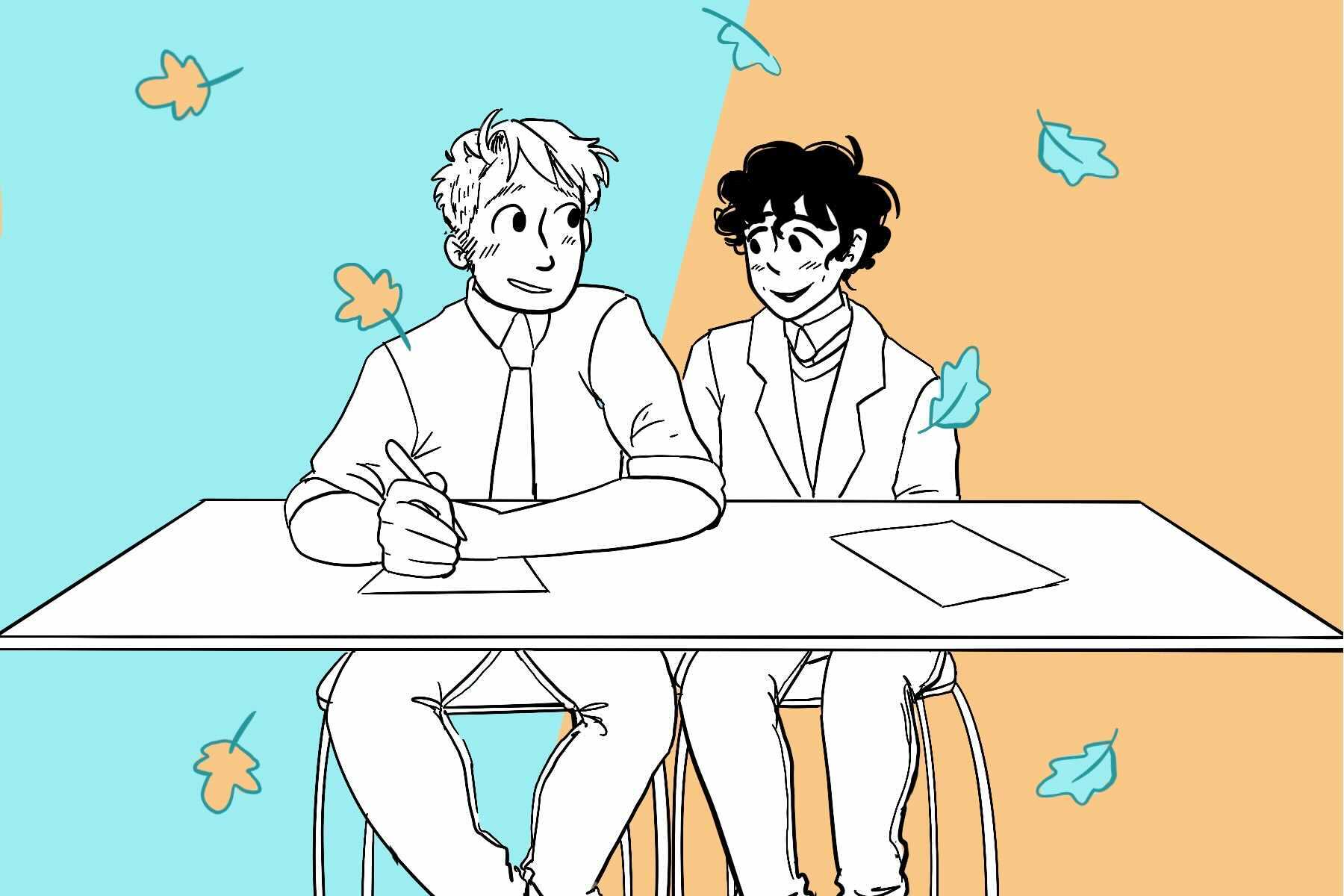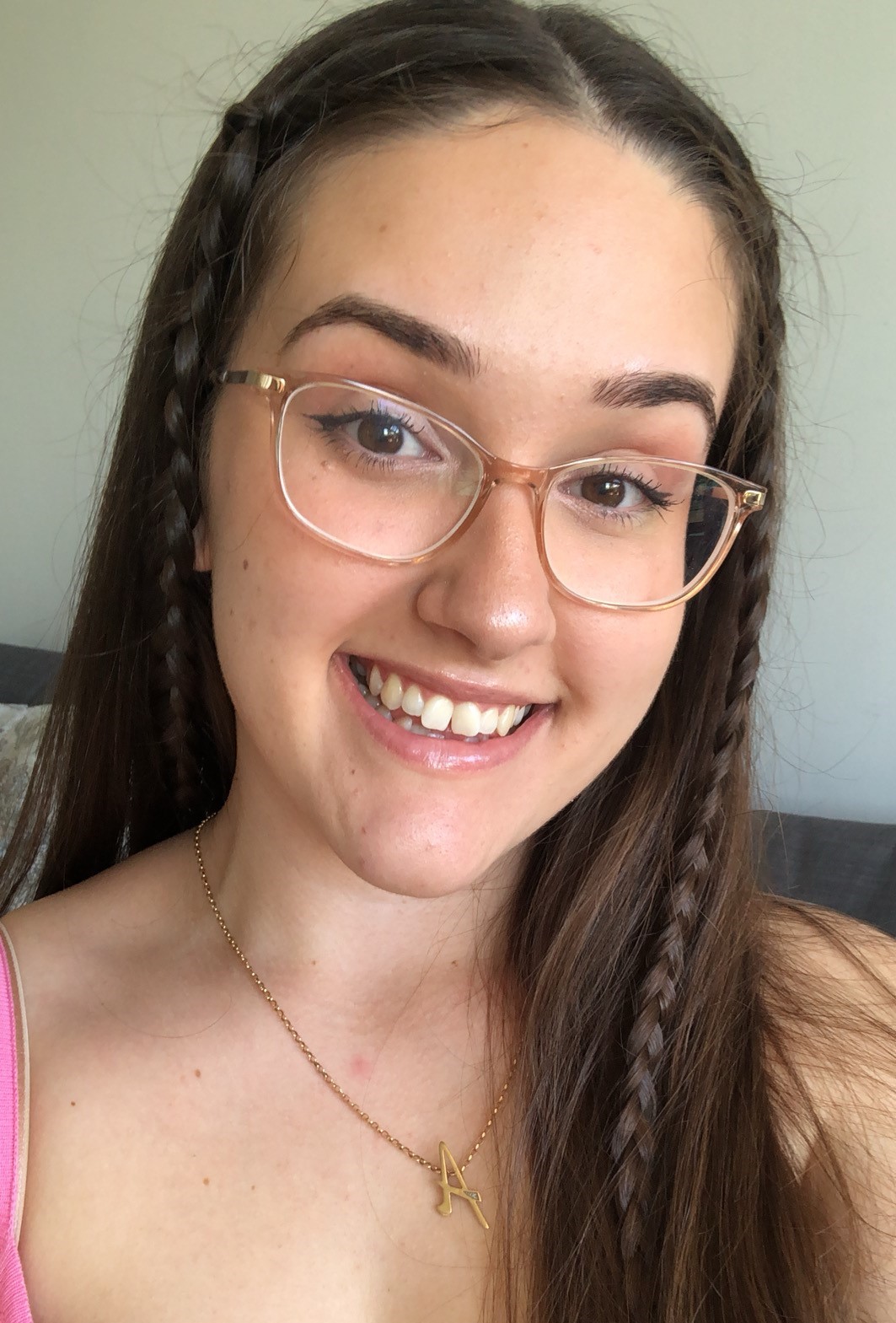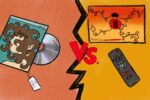For the last few weeks, I’d heard about “Heartstopper” online. I’ve heard the “I’ve been going out with Nick Nelson since I was 14…” audio on TikTok for weeks, but I had never investigated where it came from. The show is based on a graphic novel series created by Alice Oseman, and it was brought to Netflix in April this year. When I finally sat down to watch it, I was shocked by how simply sweet its romance was and how effortlessly it balanced this sweetness with the raw, honest treatment of serious topics like bullying and homophobia. What’s most striking about “Heartstopper” is that it’s largely an uncomplicated romance storyline, with no tragedy or gut-wrenching heartbreak — and it’s exactly what queer kids deserve.
When I say “uncomplicated,” I don’t mean that the series is boring or one-dimensional. There are various storylines woven into the fabric of the show, and it’s entertaining to watch it all unravel. But queer stories, especially queer romances, tend to end tragically in mainstream media. BookTok favorite “The Song of Achilles” (spoiler alert, but honestly if you didn’t know by now, where have you been?) ends with both main characters being murdered in battle and eventually ending up buried together. Similarly, media with queer characters often depict them going through intense mental health crises and enduring hate crimes. As Amanda Jean wrote in an article for Medium, “Stories about our agonies, big and small, are necessary. But we also need the flip-side of that coin: we need escapism, or hope, or just proof that we won’t die and that someone will love us.” “Heartstopper” skips the tragedy and instead makes space for queer joy, romance and awkward first love.
The show largely focuses on the romance that sparks between Charlie Spring, an openly gay boy in year 10, and Nick Nelson, a year 11 who is straight according to everyone else at school. Nick is on the rugby team and has had crushes on girls before in the past — but from the very first day Charlie and Nick meet, there’s chemistry. With eight episodes running for around half an hour each, it’s easily binge-able. (I unashamedly finished it in one sitting!) So, grab your popcorn and a comfy blanket, and settle in for four hours of will-they-won’t-they bliss.
I also cried a bunch. I’m the kind of person who cries at everything, but this series really struck a chord with me. From the lesbian romance between Tara and Darcy, to Elle, a trans girl, starting a new all-girls school and falling in love with a close friend, I was overwhelmed by the purity of it all. It is incredibly refreshing to see queer kids with support systems portrayed on screen, from flesh-and-blood families to the chosen family they find in their friends. Too often, queer stories are ones characterized by shame and isolation.
When I was growing up, it seemed like whenever I saw a queer person on TV, their storyline was centered on them coming to terms with their sexuality and suffering a great deal. In “Heartstopper,” while there are scenes with homophobia in them that ring true, these are outweighed by scenes like Charlie and Nick smiling at their phones while they text one another, or Tara and Darcy enjoying a quiet, romantic moment together in a classroom.
By the end of Episode 2, Nick is seriously questioning his sexuality and facing what his feelings for Charlie might mean. There’s a great scene that portrays this, which summarizes pretty much exactly what it’s like: Nick huddles into a beanbag in the corner of his room, his face illuminated by the soft glow of his laptop screen in front of him. He stares at the empty Google search bar, the cursor blinking away, waiting patiently. “Why Am I Like This?” by Orla Gartland plays gently in the background, mirroring exactly what Nick seems to be thinking. You can almost feel how hard his heart is pounding before he’s even typed out his question – like typing it makes it more real or more tangible somehow. “Am I gay?” fills the search bar. Nick hits enter, and the screen fades to black. Cue Episode 3.
After taking online quizzes, researching queer issues like homophobia and opposition to same-sex marriage and some general soul-searching, Nick realizes that he is bisexual. I love that “Heartstopper” (both the graphic novel and Netflix series) made the deliberate choice to include the main character coming out as bi. Bi erasure and biphobia are rampant even in queer spaces, so seeing such proud representation on screen was especially heartening.
When I think about how confused I was when I was Nick’s age, it makes me so happy to know that maybe there are young people out there watching “Heartstopper” scenes over and over, identifying and relating. (For me, that was obsessively rewatching Halsey and Hayley Kiyoko music videos, scrolling through Tumblr posts and googling the Kinsey scale.)
Young people who watch “Heartstopper” and feel particularly emotionally attached might be wondering why they can’t stop thinking about the characters and scenes. Wondering why that feels equal parts terrifying and comforting. Wondering if maybe that’s identity. Wondering if maybe that’s hope.
I like to imagine them watching characters who look and feel and love as they do, on their laptop screens, faces glowing and hidden under their covers. Knowing that they aren’t alone in the world. Knowing that there’s a whole community, maybe across the road or across the globe, ready to welcome them if or when they’re ready. I like to imagine that there are young queer people everywhere, seeing themselves reflected in “Heartstopper,” and feeling a little bit safer.

















